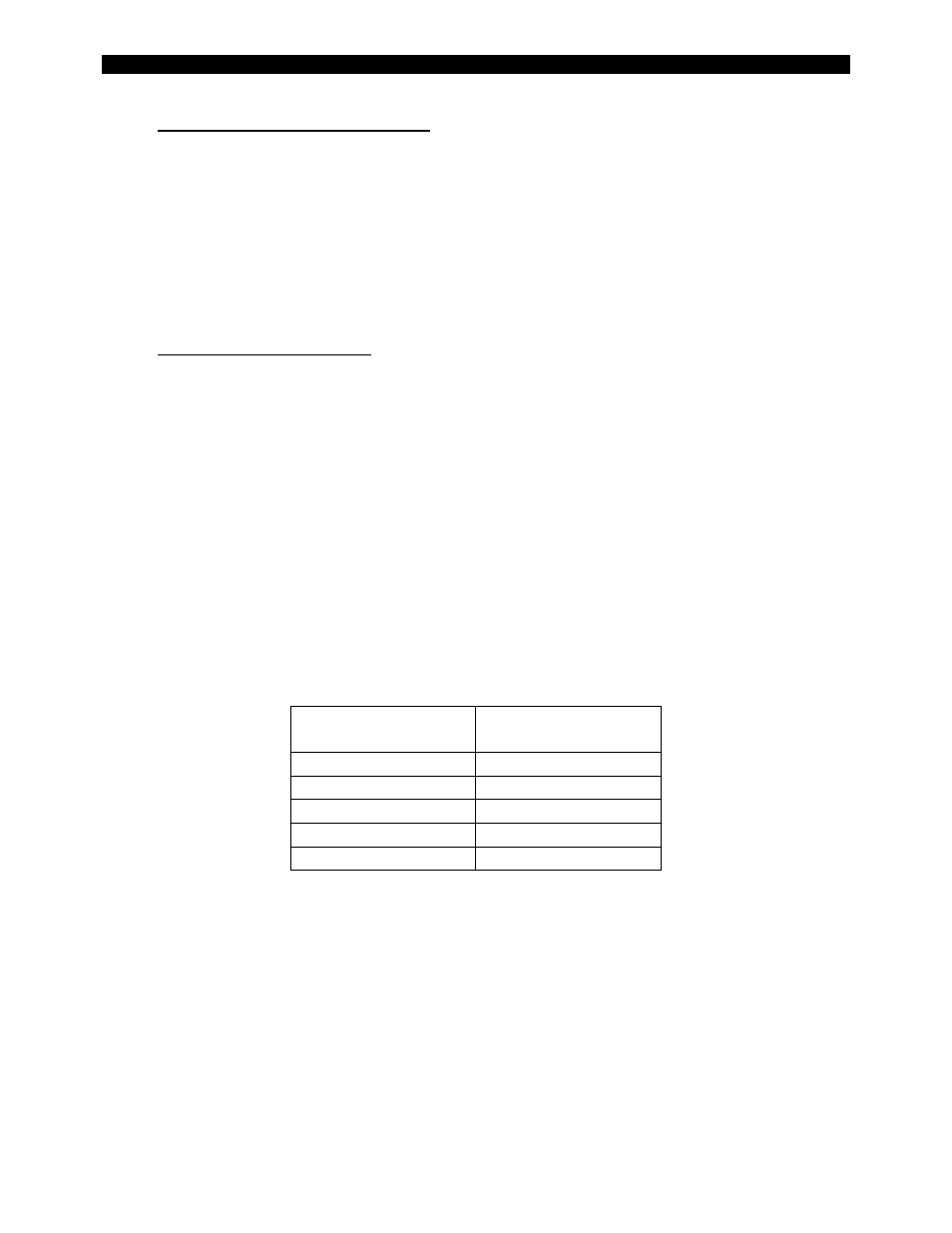Osburn OB04002 User Manual
Page 23

Stratford
Fireplace Installation and Operation Manual
_____________________________________________________________________ 23
4.4.6.3
High Output Fires for Cold Weather
When the heat demand is high during cold weather, you’ll need a fire that burns steadily and
brightly. This is the time to use larger pieces of hardwood fuel if you have it. Put the biggest pieces
at the back of the firebox and place the rest of the pieces compactly. A densely built fire like this
will produce the longest burn your fireplace is capable of.
You will need to be cautious when building fires like this because if the air is turned down too
much, the fire could smoulder. Make sure the wood is flaming brightly before leaving the fire to
burn.
4.4.6.4
Maximum Burn Cycle Times
The burn cycle time is the period between loading wood on a coal bed and the consumption of
that wood back to a coal bed of the same size. The flaming phase of the fire lasts for roughly the
first half of the burn cycle and the second half is the coal bed phase during which there is little or
no flame. The length of burn you can expect from your fireplace, including both the flaming and
coal bed phases, will be affected by a number of things, such as:
•
firebox size,
•
the amount of wood loaded,
•
the species of wood you burn,
•
the wood moisture content,
•
the size of the space to be heated,
•
the climate zone you live in, and
•
the time of year.
The table below provides a very general indication of the maximum burn cycle times you are likely
to experience, based on firebox volume.
FIREBOX VOLUME
MAXIMUM
BURN TIME
<1.5 cubic feet
3 to 5 hours
1.5 c.f. to 2.0 c.f
5 to 6 hours
2.0 c.f. to 2.5 c.f.
6 to 8 hours
2.5 c.f. to 3.0 c.f.
8 to 9 hours
>3.0 c.f.
9 to 10 hours
Long burn times are not necessarily an indication of efficient fireplace operation. When you are
home during the day and able to tend the fire, it is preferable to build a smaller fire that might
provide three or four hours of heating than to fully load the firebox for a much longer burn.
Shorter burn cycles make it easier to match the heat output of the fireplace to the heat demand of
the space.
